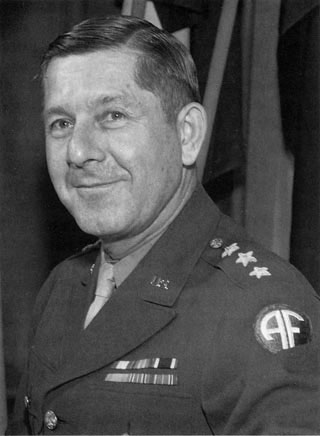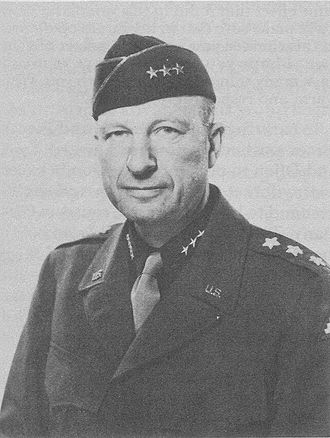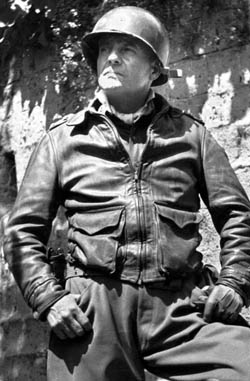Unknown Soldiers Episode 16: The Other D-Day - Maps, Images & Sources
- James Houser
- Dec 22, 2021
- 3 min read
Hope everyone's excited for Christmas! I'm sorry this is so late, but this is the additional info post for Episode 16, "The Other D-Day."

So Operation Dragoon, the invasion of Southern France, is one of the great forgotten campaigns of World War II. (And there are a LOT of forgotten campaigns of World War II.) The fact that it was originally conceived as a major counterpart to Overlord, then suddenly resurrected on the fly and somehow accomplished at basically a month's notice, makes it all the more incredible.

I also love stories that feature a crazy diversity of troops, and this one has that in SPADES. There are the GIs of the VI Corps, the obvious heroes of any World War II story...but then you have French soldiers, not just from France itself but from all over the Empire; you have dribs and drabs from Britain and Canada; you have the French resistance fighters. Even the Germans had diversity going on, since the beaches were partially manned by the Osttruppen - Soviet POWs "voluntarily" recruited from prisoner-of-war camps and placed into special battalions. This was because the Germans weren't just scraping the bottom of the manpower barrel, they were punching through it and starting to dig.


The operation was, I do have to admit, not THE most difficult fighting of the Second World War. But it was one of the most critical battles in the invasion of Europe; I didn't touch on this as much as maybe I should have, but the invasion was enormously important in taking pressure off Eisenhower's southern flank. Throughout August to September 1944, the Germans were looking for a way to strike back against the quick-moving and thinly spread Allied forces. Army Group G and the 19th Army were some of the only intact German forces in France, and if they'd escaped north in any sort of shape that would have permanently shaped the rest of the war in Western Europe.


Operation Dragoon removed a major German force from the equation in World War II, and it accounted for almost as many Germans as the Normandy battle itself. It might not have been the slogging bloodbath that was Normandy, but no one who was there would call it easy, and that didn't make it less important. Plus, the 6th Army Group - the Americans and the French - would have plenty of crucibles to pass through. The Vosges, the capture of Strasbourg, Operation Nordwind, the Black Forest.
Anyway, that's all the commentary for today! Below are the maps and sources!
US Generals, Left to Right: LTG Jacob L. Devers, 6th Army Group; LTG Alexander M. Patch, 7th Army; MG Lucian K. Truscott Jr., VI Army Corps
French and German Generals, left to right: General Jean de Lattre d'Tassigny, Armee B and later First French Army; Johannes Blaskowitz, Army Group G; Friedrich Wiese, 19th Army



SOURCES
Breuer, William. Operation Dragoon: The Allied Invasion of the South of France. New York: Presidio Press, 1996.
Clarke, Jeffrey J. & Smith, Robert Ross (1993). Riviera to the Rhine: United States Army in World War II: European Theater of Operations. Washington, DC: Center of Military History, United States Army.
Tucker-Jones, Anthony. Operation Dragoon: The Liberation of Southern France 1944. Barnsley, UK: Pen and Sword, 2010.
Yeide, Harry. First to the Rhine: The 6th Army Group in World War II. Zenith Press: London, 2007.
Zaloga, Steven J. Operation Dragoon 1944: France's Other D-Day. Oxford: Osprey, 2009.


















Comments